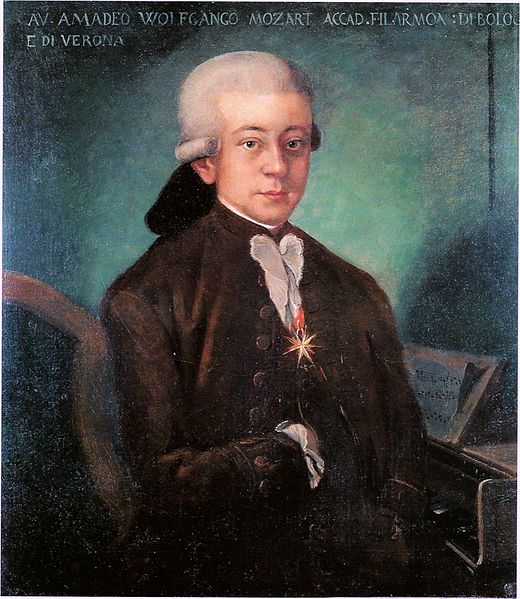Mozart After 200 years
Noel Goodwin argues that in the making of Mozart's music there is a key to understanding his form of art and way of life.
 It is still something of a mystery why Mozart has become the most popular of the classic composers at the present time. One hundred and fifty years ago his music was still very much a fashionable novelty; a century ago he was firmly established as a classic; by the end of the nineteenth century, however, his reputation had faded and his music was relegated to the classroom as something to be studied like a text-book, but hardly worth an actual performance. Now his music has returned to favour - but only, perhaps, in the manner of an exquisite piece of china, frequently taken out of its cupboard to be dusted and admired for its perfection of form and then put back again. This aimless approach misses the real significance that Mozart has for us today.
It is still something of a mystery why Mozart has become the most popular of the classic composers at the present time. One hundred and fifty years ago his music was still very much a fashionable novelty; a century ago he was firmly established as a classic; by the end of the nineteenth century, however, his reputation had faded and his music was relegated to the classroom as something to be studied like a text-book, but hardly worth an actual performance. Now his music has returned to favour - but only, perhaps, in the manner of an exquisite piece of china, frequently taken out of its cupboard to be dusted and admired for its perfection of form and then put back again. This aimless approach misses the real significance that Mozart has for us today.





